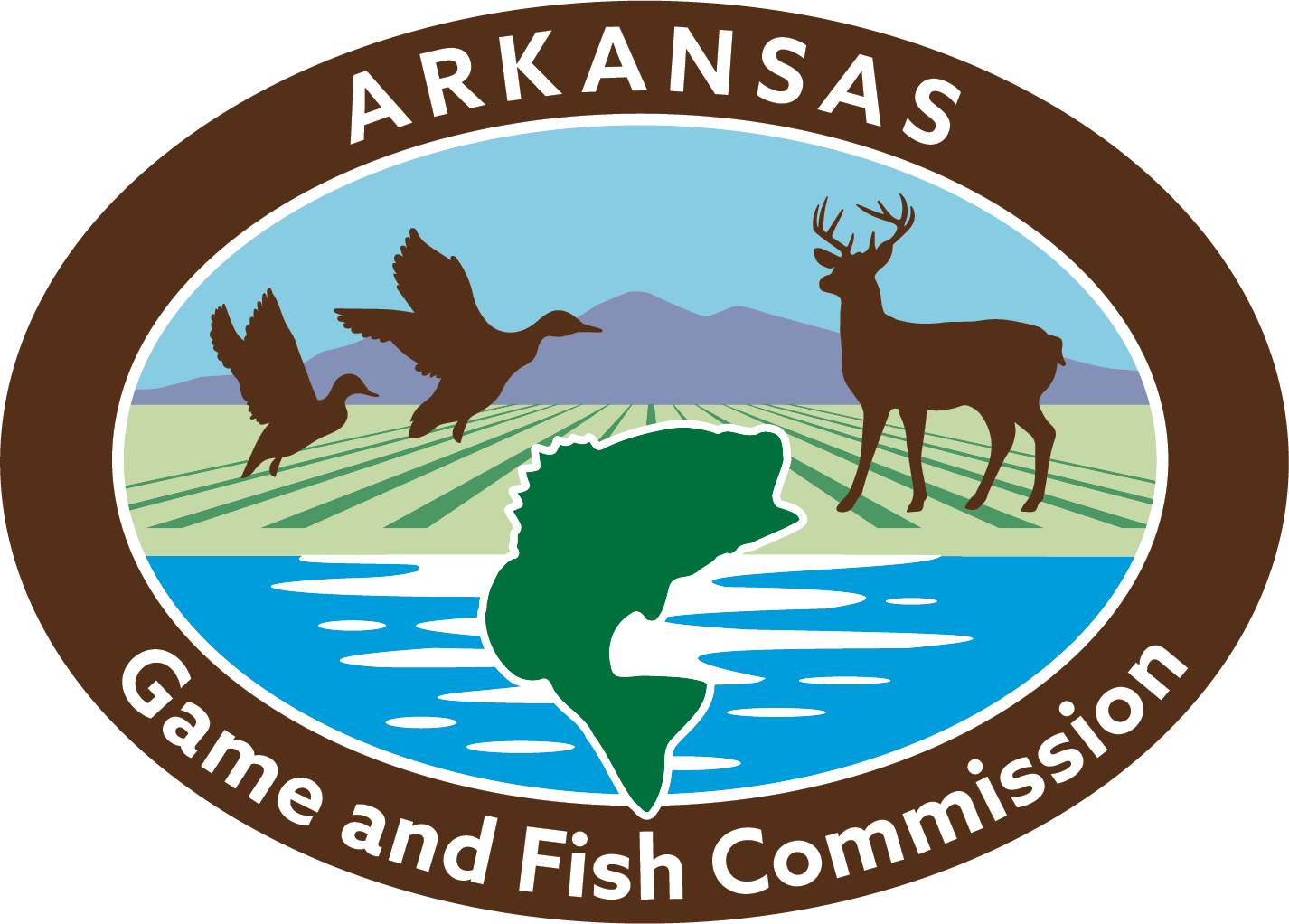Animals captured from the wild in Arkansas
- Please see Code 9.14(A) for complete regulations.
- Up to six individual animals from the following list and taken by hand from the wild may be kept per household:
- Opossums, rabbits, raccoons or squirrels.
- Hand-captured native non-game wildlife other than birds, bats, alligator snapping turtles, ornate box turtles, hellbenders, Ouachita steambed salamanders, collared lizards, troglodytic species (cave dwellers), or those animals defined as endangered species.
- Deer captured by hand prior to July 1, 2012.
- Bobcat, coyote, gray fox, and red fox captured by hand prior to July 1, 2022.
- Once taken, the animal must remain in the owner’s custody, except pets other than white-tailed deer may be turned over to a permitted wildlife rehabilitator for release back into the wild.
- Males and females must be kept in separate pens unless they have been neutered to prevent reproduction.
- All wildlife kept as pets must be kept in cages that keep them from escaping and keep other wildlife from entering.
- These animals may not be sold or transferred to a different owner and may only be taken from the state with the permission of the Chief of Wildlife Management.
Native Arkansas species that were born in captivity
- Please see Code 9.14(B) for complete regulations.
- Individuals may purchase and own up to six per household of captive-born, commercially obtained native wildlife species as personal pets. There are restrictions on certain species (see Code Addendum R1.03). If you wish to possess more than 6 then you must obtain a Wildlife Breeder/Dealer Permit.
- Animals must have been purchased from a Commission-permitted Wildlife Breeder/Dealer, brought into Arkansas with a Wildlife Importation Permit, or purchased from a legal owner that registered the sale with the Commission.
- Owners must have proof of legal ownership.
- Males and females must be kept in separate pens unless they have been neutered to prevent reproduction.
- Medically significant venomous reptiles (see Code 01.00C for a list) must be kept in accordance with caging and transportation requirements found in Code Addendum F1.08, Section C and F.
- Although breeding of pets held under this regulation is illegal, owners may sell up to 20 individual animals per calendar year without obtaining a Wildlife Breeder/Dealer permit. Such sales need to be registered with the Commission.
Species not native to Arkansas
- Many species that are not native to Arkansas may be kept as personal pets. Please see Code 9.02 for complete regulations.
- Animals must have been purchased from a Commission-permitted Wildlife Breeder/Dealer, brought into Arkansas with a Wildlife Importation Permit, or purchased from a legal owner that registered the sale with the Commission. This does not apply if the animal is listed on the Unrestricted Captive Wildlife Species List (Code Addendum R1.01).
- Males and females must be kept in separate pens unless they have been neutered to prevent reproduction.
- There are limitations on ownership of certain exotics including mountain lions, large carnivores, primates and other species listed in Code 9.02 and Code Addendum R1.03.
- Non-native Medically significant venomous reptiles must be kept in accordance with a Venomous Reptile Possession Permit. See Code 01.00C for a definition of such species and Code 9.17 for applicable regulations.
- If the species is included is listed on the Unrestricted Captive Wildlife Species List (Code Addendum R1.01) you may sell these animals in any number.
- If the species is listed on the Permitted Captive Wildlife Species list (Code Addendum R1.02), a Wildlife Breeder/Dealer Permit is required to breed any animals. Owners of species on the Permitted Captive Wildlife Species list may sell up to 20 individual animals per calendar year without obtaining a Wildlife Breeder/Dealer Permit, however, all such sales must be registered with the Commission.
Please refer to Code Section 9 for further information. Please be aware that the Arkansas Livestock and Poultry Commission, Arkansas Department of Health, the federal government and local city or county government also may have regulations affecting ownership or use of certain wildlife.

